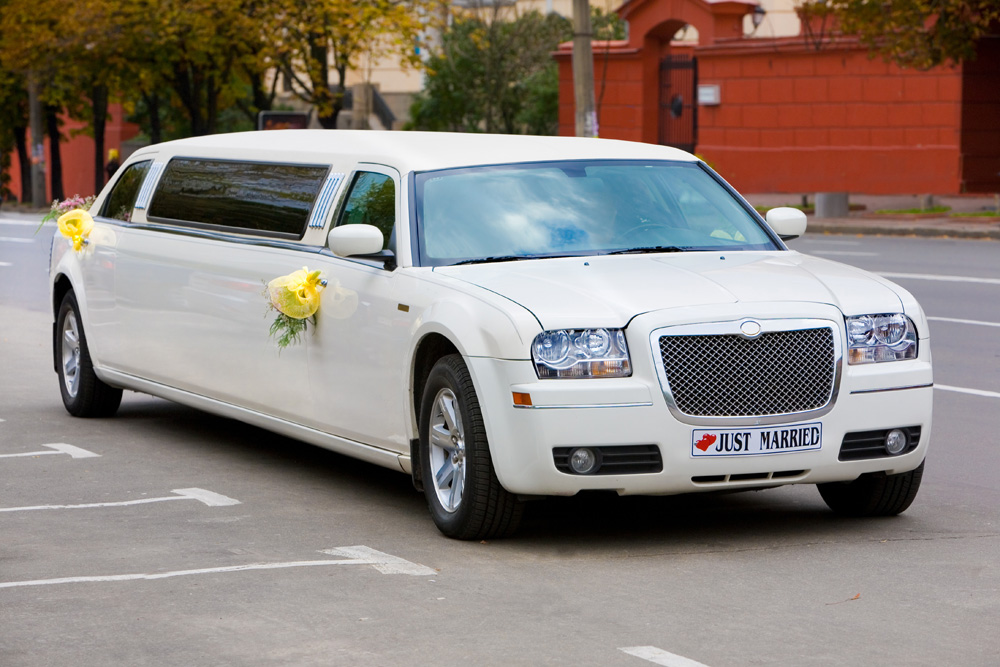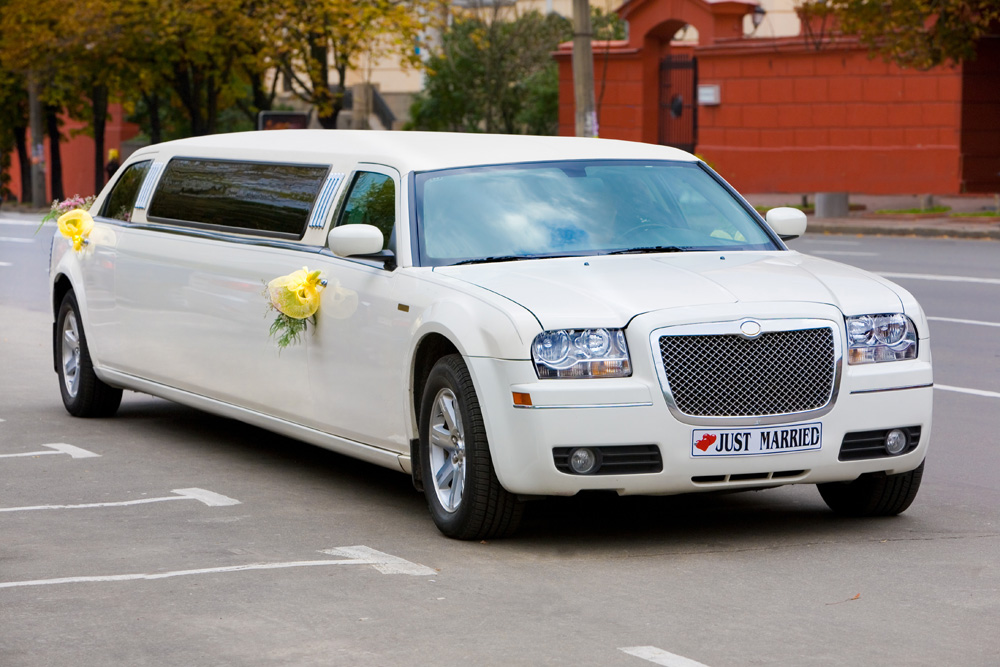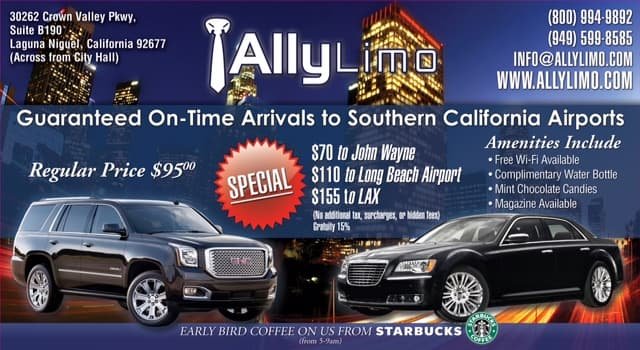Ever wondered why a limo is called a limo? Well, here’s a fascinating fact: the term “limousine” actually originated from the region of Limousin in France. This is where the shepherds used to wear a hooded cloak, called a “limousin,” to protect themselves from the harsh weather conditions. Over time, the luxurious and elongated cars that we now know as limousines became associated with the comfort and elegance of that same cloak.
The history behind the term “limousine” is intertwined with the evolution of luxury transportation. Back in the early 1900s, limousines were often chauffeur-driven cars that were primarily used by wealthy individuals. Today, they have become a symbol of style, class, and grandeur. In fact, a recent survey showed that the global limousine market is projected to reach a value of over $9 billion by 2026, highlighting the continued demand and popularity of these sophisticated vehicles. Whether it’s for special events, corporate travel, or VIP transportation, the allure of riding in a limo continues to captivate people around the world.
Have you ever wondered why a limo is called a limo? The term “limo” actually comes from the word “limousine,” which refers to the French region Limousin. In the 18th century, the shepherds in Limousin wore hooded cloaks similar to the covered compartments of today’s limousines. Over time, the term “limousine” began to be used for luxury vehicles, and eventually, it was shortened to “limo.” So next time you’re riding in a limo, you’ll know the fascinating origin of its name!

Why is a Limo Called a Limo? – Unraveling the Origins
Imagine cruising down the streets in a sleek, elongated vehicle, feeling like a celebrity. Limousines have always been synonymous with luxury and style. But have you ever wondered why these extravagant vehicles are called “limos”? In this article, we’ll delve into the fascinating history and etymology behind this iconic term. Join us on a journey through time as we explore the origins of why a limo is called a limo.
The Origin of the Word “Limo”: A Shortened Version of the “Limousine”
The word “limo” is an abbreviated form of the word “limousine.” The term “limousine” originated in the early 20th century and referred to a type of luxury car with a covered passenger compartment and an open driver’s seat. The name itself has an intriguing backstory. It is believed to have originated from the French region of Limousin, characterized by its distinctive cloaks and hoods, which resembled the covered compartment of the early limousines.
Initially, the term “limousine” was used to describe the carriage-like vehicles used in the French Limousin region. These vehicles were known for their elegance, comfort, and opulence. Over time, as the automotive industry evolved, the term “limousine” was adopted to refer to the luxurious and elongated cars we now associate with the name. Eventually, the word “limousine” was shortened to “limo” for convenience and ease of use.
The Golden Age of Limousines: A Symbol of Extravagance and Prestige
In the early 1900s, limousines became a symbol of wealth, power, and social status. They were commonly used by the upper class, politicians, and celebrities as a means of transportation for special events, such as weddings, parties, and important gatherings. The elongated design of limousines allowed for additional space and privacy, making them ideal for high-profile individuals who desired exclusivity and comfort.
During the “Golden Age of Hollywood,” limousines were frequently seen chauffeuring glamorous movie stars to red carpet events. These vehicles exuded elegance and sophistication, capturing the attention of the masses and cementing the association between limousines and luxury. This era solidified the image of the limousine as the pinnacle of extravagance and indulgence.
The Evolution of the Modern Limo: Innovations and Advancements
As time progressed, the limousine industry saw various advancements and innovations that shaped the modern-day limo. One significant development was the transition from coach-built limousines to stretched limousines. Coach-built limousines were constructed by custom coachbuilders who modified existing car models to create the elongated design. Stretched limousines, on the other hand, were purpose-built and designed with the stretched structure from the start.
During the mid-20th century, limousine manufacturers began producing stretched versions of popular car models, such as the Cadillac, Lincoln, and Mercedes-Benz. These vehicles offered increased passenger capacity, enhanced luxury features, and cutting-edge technologies, catering to a growing demand for opulent transportation.
In recent years, limousines have undergone further transformations with the introduction of high-tech amenities, including multimedia systems, fiber optic lighting, bars, and even jacuzzis in some cases. Additionally, eco-friendly alternatives, such as hybrid and electric limousines, are becoming increasingly popular, reflecting society’s shift towards sustainability and environmental consciousness.
The Symbolism of a Limo: Luxury, Prestige, and Status
The allure of riding in a limo goes beyond mere transportation. These magnificent vehicles evoke a sense of allure and exclusivity. From weddings and proms to business events and VIP outings, the presence of a limo adds an extra touch of elegance and grandeur.
Limousines are often associated with special occasions and celebrations. They create a statement, allowing individuals to revel in luxury and make lasting memories. The experience of being chauffeured in a limo signifies a sense of achievement, success, and social status.
Beyond their symbolic value, limousines also offer practical benefits, such as comfort, privacy, and convenience. The spacious interiors and plush amenities ensure a smooth and enjoyable ride, while the privacy screens allow passengers to conduct meetings, relax, or simply escape from the outside world.
Decoding the Cultural Influence of Limousines
1. Limos in Pop Culture: Glamour and Extravagance on the Big Screen
Throughout the history of cinema, limousines have played a prominent role in countless films, becoming an iconic symbol of wealth and luxury. From classic Hollywood movies to contemporary blockbusters, limousines often make grand entrances and provide a glamorous backdrop for memorable scenes. Their appearance on the silver screen reinforces the association between limos and the world of the rich and famous.
In the classic film “Pretty Woman,” the protagonist is famously whisked away in a white stretch limousine, epitomizing the fairy tale transformation of an ordinary woman into a princess-like figure. This scene has remained etched in the minds of viewers for decades, contributing to the enduring cultural significance of limousines.
2. The Indispensable Transportation Choice for Celebratory Events
Limousines have become synonymous with special occasions and momentous celebrations. From weddings and prom nights to anniversaries and birthday parties, hiring a limo has become a popular choice to make these events truly unforgettable. The aspirational aspect of riding in a limo fuels the desire to create lasting memories and imbues a sense of grandeur into these occasions.
The elegance and sophistication of a limo pair perfectly with the glamorous attire and joyous atmosphere during events such as prom nights. Teenagers eagerly anticipate the arrival of their chariot, symbolized by a stretch limousine, which enhances the excitement and elevates the overall experience.
3. Corporate Luxury: Limos in the Business World
In the corporate world, limousines are often associated with prestigious events, business meetings, and executive travel. Providing VIP clients or high-ranking executives with limousine services adds an element of professionalism, comfort, and convenience. The act of transporting important individuals in a luxurious vehicle reflects respect and enhances the overall corporate image.
Limousines are particularly popular for airport transfers, where executives require reliable and comfortable transportation to and from important meetings or events. The spacious interiors allow individuals to prepare for presentations, make important phone calls, or simply unwind before their scheduled engagements.
4. The Freedom of Design: Custom Limousines
The allure of limousines also lies in their ability to be customized and tailored to individual preferences. Custom limousines offer a unique opportunity for individuals or businesses to create personalized luxury vehicles that represent their distinct style and taste.
From unique paint finishes and custom interiors to specialized equipment and amenities, the possibilities for customization are endless. People can transform a limousine into a mobile office, a party on wheels, or a luxury retreat. This flexibility allows for a truly exclusive and bespoke experience.
5. The Journey Continues: Innovations in the Limousine Industry
The limousine industry continues to evolve and adapt to changing trends and technologies. With the advent of ride-sharing apps and luxury transportation services, the accessibility of limousines has widened, allowing more people to experience the elegance and indulgence associated with these magnificent vehicles.
Furthermore, the push for eco-friendly transportation has led to the development of hybrid and electric limousines. These vehicles offer a greener alternative without compromising on the luxury and comfort that limousines are known for. As the world progresses, the limousine industry continues to innovate and redefine what it means to travel in style.
With a rich history and a cultural impact that spans decades, limousines have become more than just modes of transportation. They represent a lifestyle of luxury, prestige, and elegance. Whether it’s a red carpet event, a celebratory occasion, or a business engagement, riding in a limo is an experience that embodies opulence and leaves a lasting impression.
So, the next time you step into a limousine, take a moment to appreciate the history and cultural significance behind this iconic vehicle. Embrace the feeling of luxury as you embark on a memorable journey. The allure and mystique of a limo will continue to captivate and inspire for years to come.
Statistic: According to a market research report, the global limousine services market is projected to reach a value of $47.4 billion by 2027, with a compound annual growth rate (CAGR) of 5.1% from 2020 to 2027. This indicates the steady demand and continued popularity of limousines in the coming years.
Key Takeaways: Why is a Limo Called a Limo?
- A limo is short for “limousine,” which originally referred to a type of hood or cloak worn by shepherds in the Limousin region of France.
- The term “limousine” was adapted to describe a luxury car with a covered compartment for the driver and an open passenger compartment behind.
- Over time, the term “limousine” became synonymous with luxury transportation, particularly stretched versions of the car.
- Limos are often associated with elegance, luxury, and VIP treatment.
- The term “limo” has become a popular and widely recognized abbreviation for a limousine.
Frequently Asked Questions
Have you ever wondered why a limo is called a limo? It’s an interesting question with a fascinating answer. Let’s delve into the world of limousines and uncover the origin behind the name. Read on to satisfy your curiosity!
1. How did limousines get their name?
The term “limousine” originated from the French word “limousin,” which referred to the region in France where the shepherds wore a particular type of hooded cloak. These cloaks resembled the covered compartments that were eventually added to the back of luxury carriages. As carriages evolved into automobiles, the term “limousine” stuck, referring to the compartment at the back of the vehicle.
Over time, the term became synonymous with luxury and elegance, and it is now commonly used to describe long, luxurious vehicles, typically driven by professional chauffeurs.
2. How did the design of the limousine evolve?
In the early days, limousines were horse-drawn carriages with a covered compartment at the back. These compartments offered privacy and protection from the elements. As automobile technology emerged, the design of the limousine evolved accordingly.
In the 1920s and 1930s, the concept of stretch limousines emerged. These vehicles had extended frames, allowing for more passengers to be seated comfortably. The elongated and luxurious design made them popular among the wealthy and influential, cementing the association between limousines and glamour.
3. Are limousines only used for special occasions?
No, limousines are not solely reserved for special occasions. While they are often seen at weddings, proms, and red carpet events, they are also used for business purposes, airport transfers, and corporate travel. Many people hire limousines for a luxurious and comfortable transportation experience, regardless of the occasion.
However, it is important to note that the use of limousines for special events adds an extra touch of grandeur and sophistication, making these occasions even more memorable.
4. Are all limousines black?
While black is a popular color for limousines, they come in various colors and styles. Different limousine companies offer a range of options to cater to different preferences and events. It’s not uncommon to see white, silver, or even vibrant-colored limousines on the streets.
The choice of color often depends on the occasion and personal preference. For weddings, white limousines are a common choice, while black limousines exude a classic elegance that suits formal events.
5. Can anyone hire a limousine?
Absolutely! Limousines are available for hire by anyone who wishes to enjoy a luxurious and comfortable transportation experience. Many limousine service providers offer various packages to suit different needs and budgets.
Whether you want to arrive in style at a special event, pamper yourself with a night out, or simply enjoy a memorable ride with friends, hiring a limousine can be a wonderful way to elevate your experience. Just ensure to book in advance, especially during peak seasons or popular event dates.






